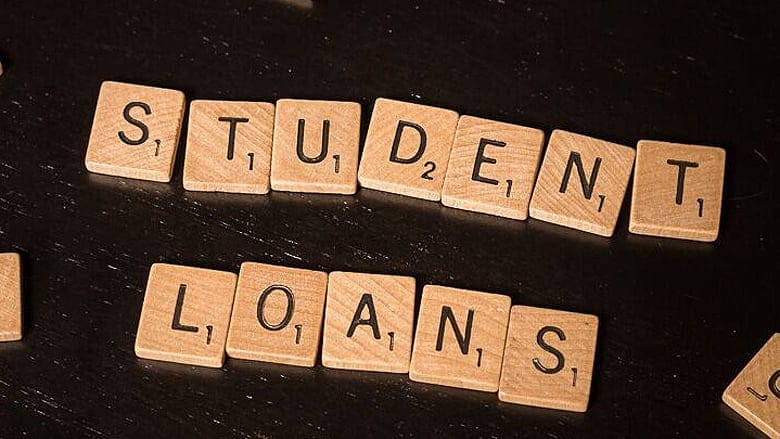New data informs college, student debt decisions

For years, as college costs have ballooned, many economists have warned of a "higher-education bubble" and have sounded the alarm about a student-debt crisis. Massive new datasets can help policymakers and researchers to better understand the roots of the crisis as well as craft sound solutions.
With more than $1 trillion in student debt, the problem is undeniable. A new study by Brookings Institution economists Adam Looney and Constantine Yannelis aims to break down this problem by delving into which borrowers are struggling the most.

